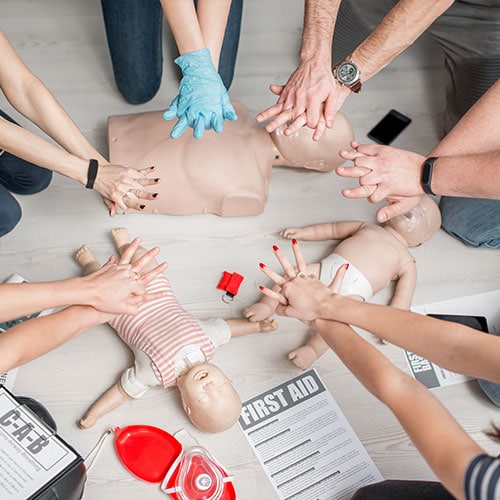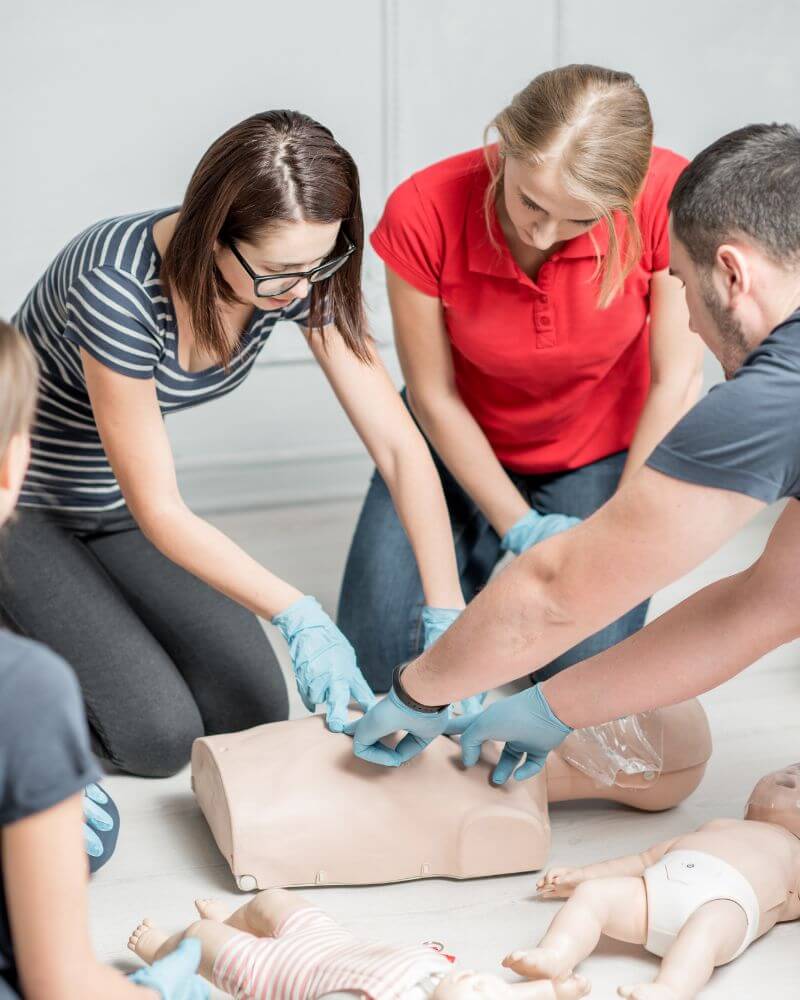Introduction
Cardiopulmonary resuscitation (MOUTH-TO-MOUTH RESUSCITATION) is a lifesaving technique that everyone ought to understand. However, in spite of its important significance, many misconceptions surround mouth-to-mouth resuscitation techniques and accreditation. Numerous individuals may be reluctant to obtain accredited due to these misconceptions, which can ultimately cost lives in emergency circumstances. This post aims to expose widespread misconceptions concerning mouth-to-mouth resuscitation while emphasizing the importance of obtaining accredited through accredited first aid courses By understanding the truths, you can encourage on your own and potentially save a life.
Common Misunderstandings About mouth-to-mouth resuscitation and Why You Ought To Get Certified
What Is CPR? Comprehending the Basics
CPR stands for cardiopulmonary resuscitation, a procedure created to bring back breathing and blood circulation in an individual who has stopped First Aid Course Fremantle taking a breath or whose heart has actually discontinued beating. The strategy involves chest compressions integrated with synthetic air flow techniques such as mouth-to-mouth breathing or utilizing a bag-mask device.

- Key Parts of mouth-to-mouth resuscitation: Chest Compressions: These help keep blood flow to vital organs. Rescue Breaths: These supply oxygen to the lungs. Automated External Defibrillator (AED): A gadget that can stun the heart back into rhythm in case of specific heart arrests.
Misconception 1: Only Doctor Can Perform CPR
One typical misconception is that only trained medical professionals can execute mouth-to-mouth resuscitation efficiently. While doctor are definitely knowledgeable at it, any individual can discover just how to do CPR through CPR courses
- The Truth: Laypersons can be trained to carry out reliable CPR. Basic strategies are simple and can be mastered by any person ready to learn. Bystanders usually play vital roles in saving lives prior to professional assistance arrives.
Misconception 2: mouth-to-mouth resuscitation Is Only Helpful for Cardiac Arrest Victims
Another extensive mistaken belief is that mouth-to-mouth resuscitation is entirely for individuals experiencing cardiac arrest. In truth, mouth-to-mouth resuscitation can be advantageous in different emergencies.
- Other Scenarios Where CPR Is Useful: Drowning incidents Drug overdoses Choking sufferers where the respiratory tract has been compromised
Misconception 3: You Ought To Prevent Offering Rescue Breaths
Many people think rescue breaths are unnecessary or even harmful due to the risk of infection or other concerns. This comes from confusion concerning how COVID-19 could influence these practices.
- The Truths: Rescue breaths are vital for supplying oxygen. During circumstances like sinking or opioid overdose, rescue breaths come to be crucial. Hands-only CPR is recommended when somebody is inexperienced or reluctant but knowing both methods continues to be vital.
Misconception 4: You Can Not Damage Somebody by Executing CPR Incorrectly
While it's true that doing CPR inaccurately might trigger some damage, not trying it at all might result in fatality.
- Understanding the Dangers: Rib cracks might take place during aggressive upper body compressions. Any action taken is much better than not doing anything; modern-day standards stress that "something" is much better than "absolutely nothing" throughout heart attack situations.
Misconception 5: As soon as You're Trained, You Don't Need Further Training
Some individuals think that once they have actually completed a program, they don't need further training or recertification.
- Why Recurring Training Matters: Techniques progress in time based on brand-new research. Regular refresher courses maintain your skills sharp and guarantee you're current with present finest practices.
Misconception 6: Children Do Not Required Mouth-to-mouth Resuscitation Training
Parents commonly think they won't require to do mouth-to-mouth resuscitation on their children because youngsters don't experience heart occasions as frequently as grownups do.
- The Reality for Moms and dads: Children can experience breathing issues, choking events, or sinking scenarios calling for prompt attention. Learning pediatric-specific methods makes certain readiness throughout emergencies including children.
Importance of Obtaining Certified in First Aid and CPR Courses
Why Qualification Issues in Emergency Situations
Being certified in first aid and CPR supplies a number of benefits beyond simply learning life-saving skills:
- Enhances confidence when encountering emergencies Increases recognition of safety protocols Encourages even more people to step forward in emergency circumstances
Benefits of Taking an Emergency Treatment Course
Comprehensive Capability: Individuals discover not almost CPR yet also standard first aid principles such as injury care and handling fractures. Legal Security: Accreditation typically comes with Do-gooder laws protection when aiding a person throughout an emergency. Career Opportunities: Many tasks call for first aid qualification as part of their safety and security protocols; being accredited enhances employability in areas like training, coaching, healthcare, and childcare.FAQs Regarding Typical Misconceptions Relating To CPR
FAQ 1: What sort of training do I require for effective CPR?
You ought to enroll in identified CPR courses that cover both adult and youngster resuscitation methods effectively.
FAQ 2: How commonly ought to I renew my emergency treatment certificate?
It's recommended to renew your first aid certificate every 2 years given that guidelines change often based upon emerging research.

FAQ 3: Is hands-only compression much better than traditional CPR?
For inexperienced bystanders or those awkward providing rescue breaths, hands-only compression is effective however understanding both techniques gives a greater possibility of survival if trained properly.
FAQ 4: What sources are offered for learning more about very first aid?
Numerous organizations supply online sources alongside physical training courses; trusted systems include the American Heart Organization and Red Cross sites which detail first aid courses offered near you.
FAQ 5: Are there any age constraints on taking a first aid course?
Most first aid courses welcome participants of any ages; nonetheless, some specialized courses might be tailored towards certain age (e.g., children vs adults).
FAQ 6: Does my office require me to get certified?
Certain offices-- particularly those including public communication-- typically need employees to have valid certifications in first aid and basic life assistance (BLS).

Conclusion
Understanding the fact behind common misconceptions regarding CPR is critical for raising recognition about Brisbane First Aid Course Near Me this life-saving method. Whether you're a moms and dad intending to protect your child or an employee seeking certification for specialist development, getting certified via appropriate first aid courses arms you with the expertise required for acting decisively throughout emergency situations. Remember-- anybody can find out exactly how to execute effective CPR regardless of background; don't let misunderstandings prevent you from becoming equipped! So why wait? Sign up today for a CPR course!
This extensive guide looks for not only to eliminate myths bordering CPCR however also serves as a motivation for everybody to seek certification so they as well can contribute favorably during emergencies!